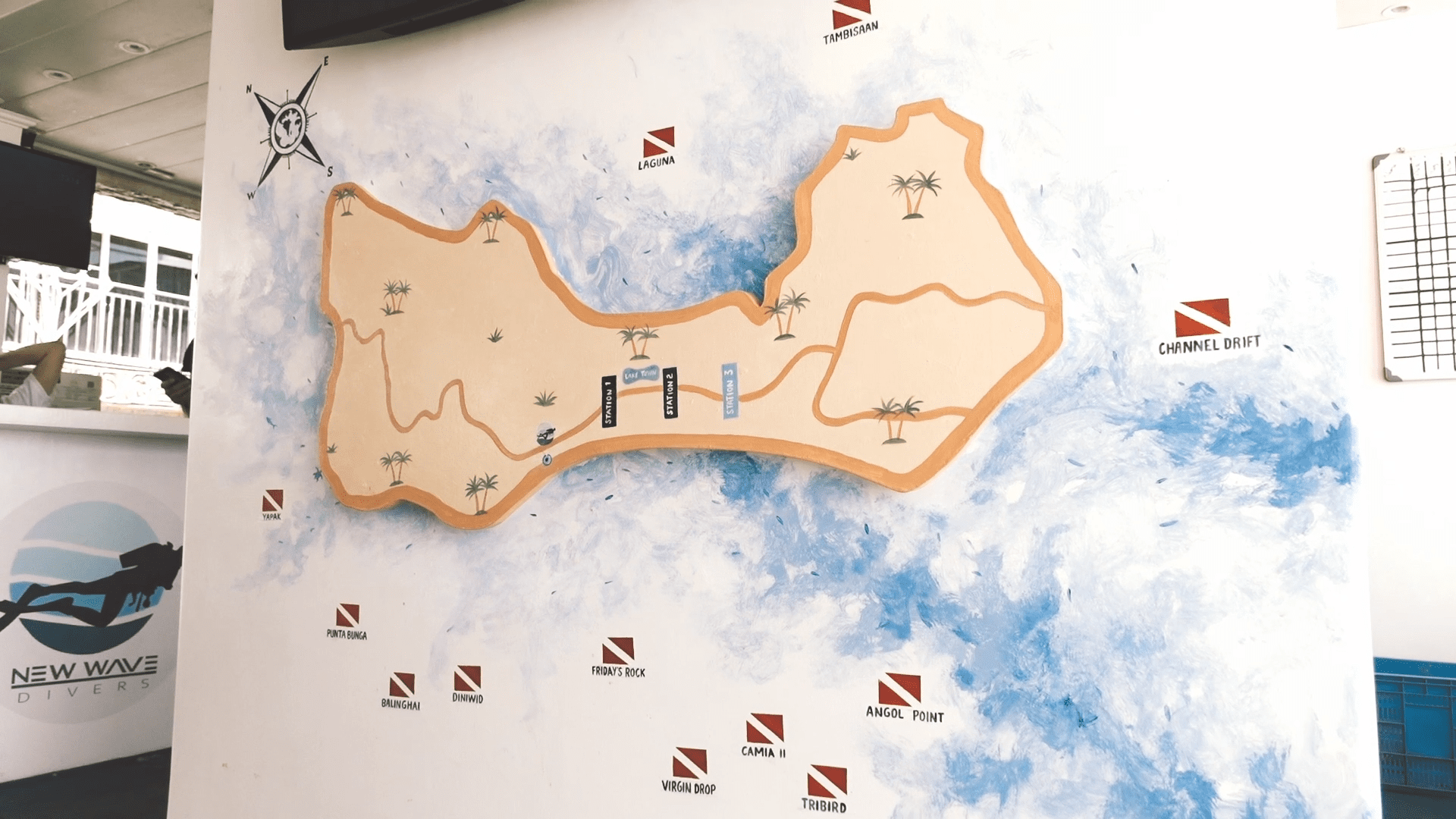ARTICLE: Does Boracay have good scuba diving?
Dive into the vibrant depths of Boracay’s underwater paradise, offering thrilling wreck dives, diverse marine life encounters, and ideal diving conditions for enthusiasts seeking unforgettable scuba adventures
Does Boracay have a good scuba diving ?
Nestled in the heart of the Philippines, Boracay entices visitors with its pristine beaches, vibrant nightlife, and rich cultural heritage. Yet, beyond its sun-soaked shores lies a hidden gem for adventure seekers: scuba diving in Boracay. Let’s explore why this tropical paradise is a must-visit destination for diving enthusiasts.
Unlocking the Depths: Exploring Scuba Diving in Boracay
Boracay boasts an underwater wonderland teeming with life. As you descend into its crystal-clear waters, vibrant coral reefs greet you with an explosion of colors, providing a mesmerizing backdrop for encounters with a diverse array of marine life.
Keep your eyes peeled for a wide range of tropical reef fish such as parrotfish, angelfish, butterflyfish, puffers, lionfish, scorpionfish, schooling redtooth triggers, and snappers.
Encounters with Marine Life in Boracay
Boracay also hosts reef sharks (black and white tips) that divers can usually spot at Punta Bunga or Yapak, two deep wall dives offering thrills to experienced divers.
Magnificent Wreck Dives
But wait, there’s more! Boracay also offers two magnificent wreck dives: Camia II and Tribird.
Camia II: A Shipwreck Adventure in Boracay
Camia II, a shipwreck sunk in 2001, boasts rich biodiversity around its body. From macro life to large yellow fins, this dive site is sure to excite you. Camia II features a huge number of nudibranch species, large trevally, tuna, and a magnificent 18-meter area where a group of batfish can be spotted.
Tribird: Discover an Airplane Wreck in Boracay
Next to it lies Tribird, an airplane wreck. While Tribird offers less marine life than Camia II due to its sinking in 2011, it still presents a fascinating dive site. It’s not every day you get to see a plane underwater. Besides the fascinating macro life and various beautiful scorpionfish that can be spotted on its body, Tribird rests beside a beautiful wall adorned with vibrant coral. Don’t hesitate—dive in and explore!
Dive Sites for All Levels in Boracay
Boracay is home to a variety of world-class dive sites suitable for divers of all levels. Whether you’re a novice or experienced diver, there’s something for everyone. Explore sites like Yapak, known for its dramatic underwater landscapes and thrilling drift dives, or Crocodile Island, where you can marvel at coral formations and swim-throughs.
Ideal Diving Conditions in Boracay
With its warm tropical waters and excellent visibility, Boracay provides ideal diving conditions year-round. Water temperatures typically range from 26°C to 30°C (79°F to 86°F), making it comfortable for diving enthusiasts. Visibility often exceeds 30 meters (100 feet), offering crystal-clear views of the underwater world.
Commitment to Conservation in Boracay
As visitors to this fragile ecosystem, it’s essential to prioritize environmental conservation. Boracay’s dive community, including New Wave Divers, is actively involved in marine conservation efforts, including coral reef restoration projects and marine life monitoring programs. By practicing responsible diving habits and supporting eco-friendly dive operators, you can help preserve Boracay’s underwater treasures for future generations to enjoy.
In Conclusion
Boracay offers a world-class scuba diving experience that’s not to be missed. With its stunning coral reefs, diverse marine life, and excellent diving conditions, it’s no wonder why Boracay is a top destination for diving enthusiasts around the globe. So pack your dive gear, and get ready to unlock the depths of Boracay’s underwater paradise. For more information, visit divingboracay.com.


